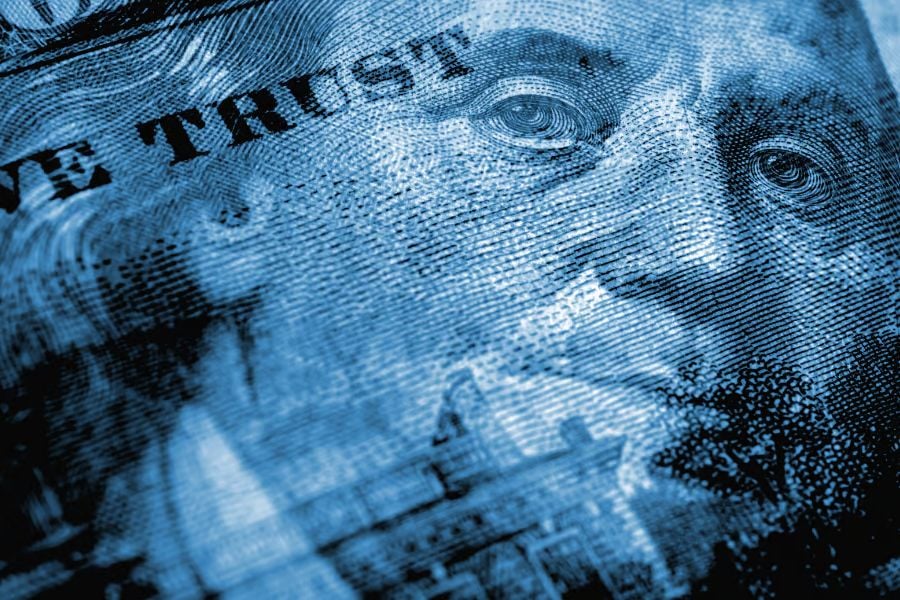

The US economy expanded at a robust pace in the third quarter as household purchases accelerated ahead of the election and the federal government ramped up defense spending.
Inflation-adjusted gross domestic product increased at a 2.8% annualized after rising 3% in the previous quarter, according to the government’s initial estimate published Wednesday.
Consumer spending, which comprises the largest share of economic activity, advanced 3.7%, the most since early 2023. The acceleration was led by broad increases across goods, including autos, household furnishings and recreational items.
At the same time, a closely watched measure of underlying inflation rose 2.2%, roughly in line with the Federal Reserve’s target, figures from the Bureau of Economic Analysis showed.
The report card for the world’s largest economy illustrates solid momentum in domestic demand as the Fed began unwinding its tightest monetary policy program in decades. It’s also the last before Election Day, as American voters size up the general snapshot of US economic activity against their own financial situation, which has been beset in recent years by a high cost of living.
“There is almost nothing wrong with this picture,” Carl Weinberg and Rubeela Farooqi, economists at High Frequency Economics, said in a note. “Steady normalization of rates at a moderate pace is what the economy needs, nothing more.”
The S&P 500 opened lower, the two-year Treasury yield rose and the dollar fluctuated after the GDP data. A separate ADP Research Institute report showing strong hiring in the private sector in October.
GDP in the third quarter was restrained by volatile trade figures, which showed net exports subtracted 0.56 percentage point from the top line. Retailers stepped up imports of consumer goods as the quarter drew to a close on fears of a lingering dockworkers strike. Inventories also subtracted 0.17 percentage point.
However, a measure of underlying growth trends favored by economists that combines consumer spending and business investment, known as final sales to private domestic purchasers, advanced 3.2%, the most this year.
Government spending rose an annualized 5%, led by the largest increase in federal output since early 2021. National defense expenditures surged at a 14.9% rate, the most since 2003. Federal government spending excluding defense rose at the quickest pace in a year.
Nonresidential fixed investment rose an annualized 3.3%, the slowest in a year and dragged down by spending on structures. However, business spending on equipment was the strongest since the second quarter of 2023, boosted by transportation.
Outlays on computers and peripheral equipment surged 32.7%, the most since 2020, illustrating the ongoing boom in artificial intelligence.
Residential investment declined an annualized 5.1%, the most since the end of 2022, as the housing market struggled under the weight of high mortgage rates and prices.
The numbers should keep the Fed on track to continue cutting interest rates in the coming quarters, including at their meeting next week. The figures are good news for Vice President Kamala Harris in the final days of the election campaign against former President Donald Trump.
Compared with a year earlier, GDP rose 2.7% — holding above 2.5% for a sixth consecutive quarter. That’s “the longest stretch of such solid growth since 2006,” Bill Adams, chief economist at Comerica Bank, said in a note.
Growth, however, has not been evenly distributed in recent years, as the share of income going to profits has remained well above historical norms. Inflation-adjusted personal income after taxes increased an annualized 1.6%, the smallest advance in a year, the GDP data showed.
“The headline GDP print for 3Q makes the economy look strong, but beneath the surface things are less stable. Consumer spending, the main growth driver, has been narrowly boosted by upper-income households, while lower-income ones have grown more price-sensitive.”
— Eliza Winger, economist
A breakdown of corporate profits and employee compensation for the third quarter will be published next month with the BEA’s second estimate of GDP for the period.

Relationships are key to our business but advisors are often slow to engage in specific activities designed to foster them.

Whichever path you go down, act now while you're still in control.

Pro-bitcoin professionals, however, say the cryptocurrency has ushered in change.

“LPL has evolved significantly over the last decade and still wants to scale up,” says one industry executive.

Survey findings from the Nationwide Retirement Institute offers pearls of planning wisdom from 60- to 65-year-olds, as well as insights into concerns.
Streamline your outreach with Aidentified's AI-driven solutions
This season’s market volatility: Positioning for rate relief, income growth and the AI rebound
